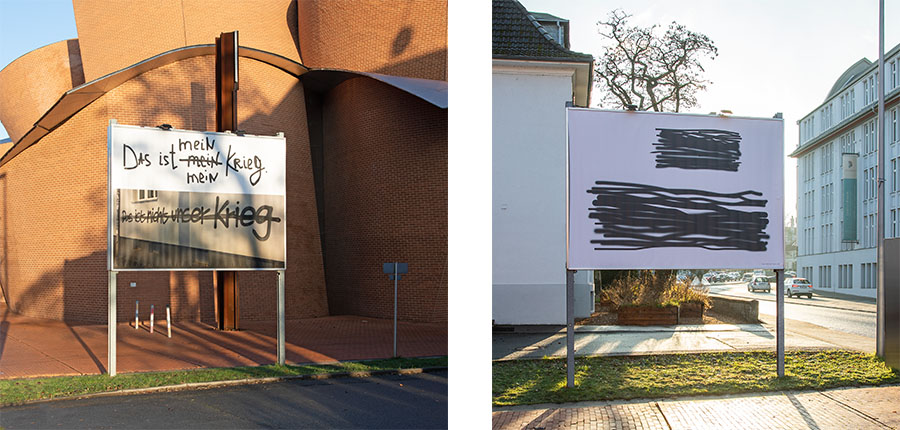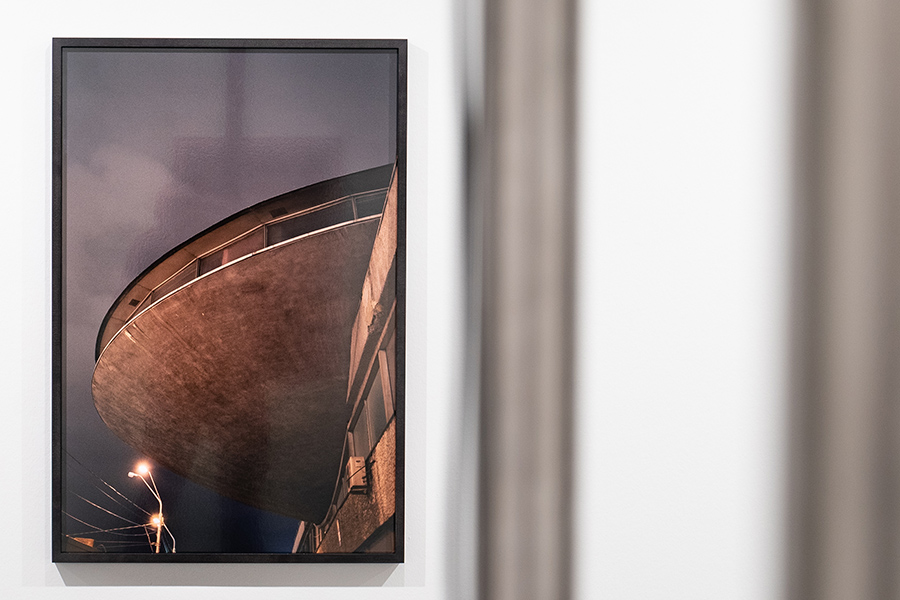5 Questions to Daniel Muzyczuk
The Exhibition “Tobias Zielony – Dark Data” was co-curated by Daniel Muzyczuk, Lead Curator and Head of the Department for Modern Art at Museum Sztuki in Łódź (PL). Before he has been Curator of the Museum of Contemporary Art in Torun (2008-11) as well as Co-Curator of the polish Pavilion of the 55th Venice-Biennale.
Let’s start with getting to know you better: What are the main focus points of your work and what interests you as a curator?
I’m the chief curator at Muzeum Sztuki in Łódź and in the past, I have been dealing with such topics as underground music cultures in the Eastern bloc. But I have also been involved in research around modernist collections of exhibition histories. Most recently, it’s the politics of art during the transformation moment in Eastern Europe.
When we started working on this exhibition with Tobias Zielony it was very soon, that he proposed to bring you into the project. What is your connection?
We have met with Tobias around 15 years ago in Zielona Góra where he was developing one of his photographic projects. Since then, we stayed in touch and became friends. This was the first opportunity where we collaborated and I’m very happy about the outcome.
What do you find most interesting about Tobias work?
Tobias practice is very interesting as a way of working that developed from photography into a whole range of other media. And it’s constantly oscillating between darkness, lightness and what’s visible and invisible and how much data you are able to recover from different ways of representation.
One part of the exhibition we developed with you, was the accompanying program, where we invited other artists to react or to interact with the works of Tobias. Tell us something more about that.
We will have a screening of films by Oleksiy Radynski, a Kyiv-based filmmaker and artist, mainly about the cityscape and the public space in the city of Kyiv. It’s going to involve a documentary about Florìan Jurjev, the architect of the famous flying saucer. But it connects not only through the city itself, but also through the underground cultures of this very vibrant Ukrainian scene. We also invited Yevgenia Belorusets, a Ukrainian writer and artist, to develop a special project for the Billboard.

We’ve been happy to have you on board for this exhibition! But what’s next for you, are there any upcoming projects you would like to talk about?
There is an upcoming book that I am publishing with Spector Books in Leipzig about the politics of art during the transformation period in Poland and Russia. That involves biographies of artists that banded themselves into right-wing ideologies. It also reflects on the role of new spiritualities or occultism in these kinds of movements.


